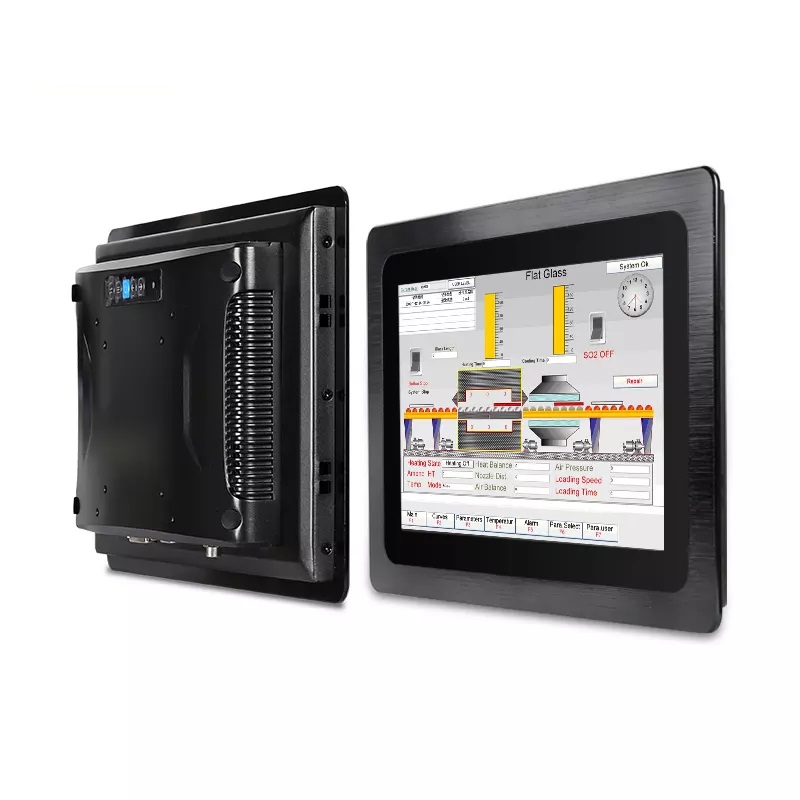Open frame monitors are a versatile and customizable display solution used across various industries, including kiosks, gaming, industrial automation, and point-of-sale (POS) systems. Unlike traditional monitors, open frame monitors are designed without an outer enclosure, allowing for easy integration into custom housings or existing equipment.
What are Open Frame Monitors?
Open frame monitors are essentially LCD or LED display panels mounted on a metal frame, without a bezel or outer casing. This design makes them ideal for integration into custom enclosures or machinery, providing a flexible solution for applications where standard monitors may not fit or meet specific requirements.
Benefits of Open Frame Monitors
Customization
Flexible Integration: Open frame monitors can be easily integrated into custom enclosures, kiosks, or machinery, allowing for tailored solutions that meet specific design and functional requirements.
Modular Design: The open frame design allows for easy access to internal components, facilitating modifications and upgrades.
Space Efficiency
The lack of an outer casing reduces the overall footprint of the monitor, making it suitable for applications with limited space.
Cost-Effective
Open frame monitors can be more cost-effective than fully enclosed monitors, especially when integrated into existing systems or custom-built enclosures.
Durability
Many open frame monitors are designed for industrial use, featuring robust components that can withstand harsh environments and continuous operation.
Versatility
Suitable for a wide range of applications, from industrial automation to retail and gaming, due to their adaptable design.
Applications of Open Frame Monitors
Kiosks and Self-Service Terminals
Used in ATMs, ticketing machines, information kiosks, and self-checkout systems, where custom enclosures are common.
Industrial Automation
Integrated into control panels, HMI (Human-Machine Interface) systems, and other industrial equipment for monitoring and control purposes.
Point-of-Sale Systems
Employed in retail environments as part of POS systems, where custom mounting and integration with other hardware are required.
Gaming and Entertainment
Used in arcade machines, casino gaming equipment, and digital signage for dynamic and interactive displays.
Medical Equipment
Integrated into diagnostic and monitoring equipment, providing reliable and clear displays in medical environments.
Transportation
Used in ticketing machines, information displays, and control systems in airports, train stations, and other transportation hubs.
Installation and Maintenance
Installation Steps
Preparation: Ensure the enclosure or mounting system is ready and meets the specifications for the open frame monitor.
Mounting: Secure the monitor to the frame or enclosure using the provided mounting points and hardware.
Connection: Connect the necessary data and power cables, ensuring all connections are secure and properly managed.
Configuration: Adjust the monitor settings to meet your application’s requirements and perform any necessary calibration.
Maintenance Tips
Regular Cleaning: Keep the monitor and its surroundings free from dust and debris to ensure optimal performance.
Inspect Connections: Periodically check all cable connections for wear and ensure they are securely attached.
Firmware Updates: Keep the monitor’s firmware up-to-date to benefit from performance improvements and security patches.
Temperature Control: Ensure the environment maintains an appropriate temperature and humidity level to prevent overheating and condensation.

